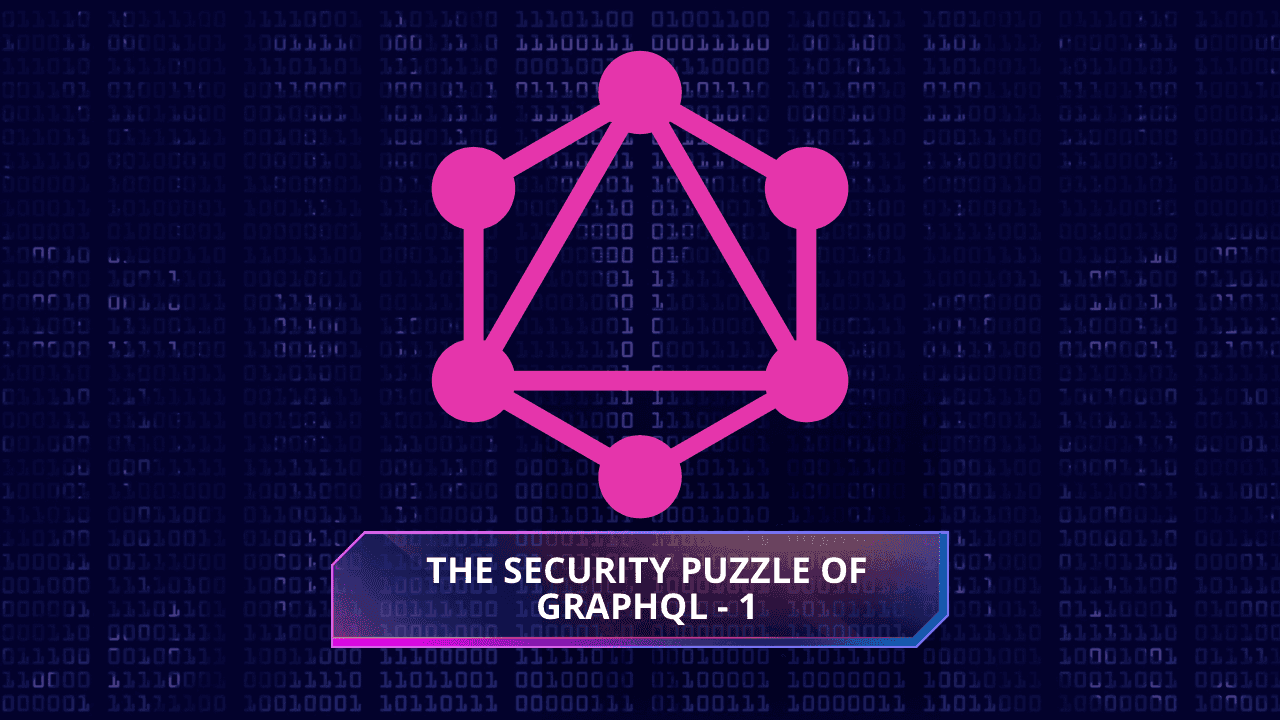- SecureMyOrg - Security From Around The Globe
- Posts
- Newsletter #16 - July 2, 2024
Newsletter #16 - July 2, 2024

Hello Everyone 👋
🥳We're excited to share our latest insights on the evolving landscape of API technologies. 🎉
As many of you know, GraphQL is rapidly gaining traction in the tech community for its efficiency and flexibility. However, with its rise in popularity, it's crucial to understand the security challenges it brings. Our recent blog, "The Security Puzzle of GraphQL," dives deep into this topic. You can read the full article here.
But while we have our article up for your reading, Here's a glimpse of what you'll find:
🧑🏭 Jobs & Internships
Canonical is hiring a security professional to manage and document vulnerabilities in Ubuntu, collaborate with teams, and engage with the open source community, requiring programming skills and involving some international travel.
Ivanti seeks an Application Security Engineer with 8+ years of experience to design and manage product security measures, perform assessments, and ensure compliance, requiring knowledge of cloud providers and CI/CD pipelines.
Canonical is hiring for its Ubuntu security team to monitor, triage, and document vulnerabilities, collaborate with teams and perform security assessments. The role requires coding skills, and understanding of security practices, and involves some international travel.
Barry-Wehmiller seeks a Security Analyst with 3+ years of experience in information security to monitor IT assets, respond to security incidents, and improve security software and procedures. The role involves threat hunting, log management, and security enhancements, requiring broad IT system knowledge and strong communication skills.
CertiK is seeking security research interns to develop tools, discover vulnerabilities, and publish findings. Candidates should be pursuing a Master’s or PhD in Computer Science or Cybersecurity, with experience in web application or system software vulnerability discovery and exploitation. Compensation ranges from $3000-$8000/month.
🔏 Last Week in Cyber Security
Join our Discord to get more news in the Security Domain. 🛡️
Critical GitLab Bug Allows Attackers to Execute Pipelines as Any User
A critical vulnerability in GitLab enables attackers to exploit the CI/CD pipelines, allowing them to execute commands as any user, potentially compromising sensitive data or system integrity. The issue was promptly patched by GitLab to prevent further exploitation.
Google to Block Entrust Certificates in Chrome Due to Security Concerns
Google has announced plans to block certificates issued by Entrust in Chrome due to security concerns. This decision follows the discovery of issues with how Entrust handled its certificate issuance processes, aiming to enhance browser security and protect users from potential vulnerabilities associated with these certificates.
The Risks of Nested Deserialization: Magento XXE CVE-2024-34102 Explained
This article explores CVE-2024-34102, a vulnerability in Magento's XML parsing due to nested deserialization. Attackers could exploit this flaw to execute XML External Entity (XXE) attacks, potentially leading to data leakage or server compromise. The research highlights the dangers of nested deserialization in web applications and emphasizes the importance of secure coding practices to mitigate such risks.
Introduction to GraphQL

Meme generation credits: imgflip.com
GraphQL, developed by Facebook and open-sourced in 2015, is a powerful query language that allows clients to request exactly the data they need. This reduces unnecessary data transfer and boosts efficiency.
GraphQL vs. REST API: Unlike REST APIs, which often return fixed sets of data, GraphQL lets clients specify the exact fields they want. This capability can significantly streamline data retrieval processes, especially in complex applications.
Key Vulnerabilities in GraphQL:
Introspection Enabled: This feature, while useful for development, can be exploited by attackers to discover the schema.
Denial of Service (DoS): Techniques to overload a system's resources, potentially leading to service outages.
Circular Queries: Queries that unintentionally create infinite loops, causing resource exhaustion.
Query Batching DoS: Exploiting query batching to overwhelm the system.
Alias Overloading: Abusing the aliasing feature to execute unintended operations.
Excessive Data Exposure: Risk of exposing sensitive information beyond what is necessary.
Access Controls: Importance of implementing proper restrictions to prevent unauthorized access.
Query-Cost Analysis: Methods to detect and mitigate DoS attacks specific to GraphQL.
✅ Tools and Techniques: Our blog also covers various tools like Burp Suite and Postman, which can help analyze and secure GraphQL endpoints. Additionally, we discuss the Caido Introspection Query Workflow for detecting introspection vulnerabilities.
✅ Why This Blog is Important: In today's fast-paced tech world, staying ahead of potential security risks is essential. By understanding the vulnerabilities associated with GraphQL, you can better protect your applications and data. Our blog provides actionable insights and practical tools to help you secure your GraphQL implementations.
✅ Why We Created This Article: As part of our commitment to keeping our community informed and secure, we saw the need to address the growing use of GraphQL and its associated security challenges. Our goal is to equip you with the knowledge and tools necessary to leverage GraphQL's benefits while safeguarding your systems.
💡 Did You Know 💡
GraphQL was developed at Facebook to handle diverse platforms and applications more efficiently than traditional REST APIs, which often led to over-fetching or under-fetching data. It allows clients to request only necessary data in a single query, addressing scaling challenges and improving performance.
On that note, We encourage you to read the full article to gain a deeper understanding of these issues and how you can mitigate them. Stay informed, stay secure! Till next week 👋

Reply